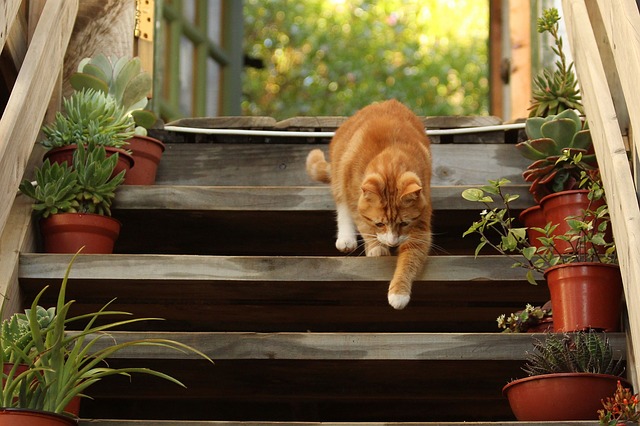Return To Blog
Denver Landscaping Company: Tips for Installing Stairs In Your landscaping
January 10, 2018
When you have a slope in your back or front yard, you’ve got to do something with it to make it easier to navigate your landscaping. What can you install? Stairs! Stairs are the perfect accompaniment for slopes anywhere in your yard, and allow you to even add fun other landscaping features like retaining walls and fire pits. You’ll want to consult a professional landscaping company, such as Water Solutions, to help you install stairs in your landscaping because it can be very tricky. However, keep reading below for a general understanding of the stair installation process from your Denver landscaping company!
If you’re looking to use wood rather than masonry materials, remember that while they are generally less time consuming compared to masonry, they also have a much shorter lifespan. Landscape timbers and railroad ties are popular choices, can be inexpensive, and come already cut in the perfect dimensions for steps. There are several factors to consider when choosing materials for outdoor stairs.
Ready to install stairs and steps in your landscaping? Give your Denver landscaping experts a call! Contact Water Solutions Company today for a free project estimates!
The Installation Process
When it comes to planning to install steps and stairs in your landscaping, start with a plan. Then, you’ll always start building steps at the bottom of your slope and work up the hill. Additionally, steps can never be built on loose topsoil. They need to be installed on a compacted base material. In the installation process, landscaping experts will excavate the topsoil all the way down to a firm subsoil layer. Then, the shape of your steps will be cut directly into the soil. From there, the process will depend on the type of masonry material you have decided to use.Masonry Materials
Depending on whether you want to install steps in your backyard hill, or if you want to install front porch steps, the masonry material matters. For front porch steps, garage steps, or any type of step you’ll be walking and relying on every day, interlocking concrete blocks are typically the material of choice. These blocks are efficient and are a very straightforward install. They also come in several colors and textures to match your existing landscaping theme or home color. You can also use these blocks for retaining walls, making it a seamless transition from steps to walls. For backyard hills you want to install steps on, the masonry material used can be brick, natural stone, concrete blocks, or even poured cement.If you’re looking to use wood rather than masonry materials, remember that while they are generally less time consuming compared to masonry, they also have a much shorter lifespan. Landscape timbers and railroad ties are popular choices, can be inexpensive, and come already cut in the perfect dimensions for steps. There are several factors to consider when choosing materials for outdoor stairs.
Dimensions
For the standard rise of a landscape step, experts typically use six inches with a run of at least fifteen inches. Remember to keep your rises and runs consistent throughout your step construction so you prevent people from tripping and falling. Additionally, think about how wide you want your stairway to be. Typically, at the very minimum three feet is comfortable enough for one person, but if you want to allow enough room for two people to walk side by side, make sure the width is between five to six feet. The wider the stairway the more dramatic of an effect it gives.Ready to install stairs and steps in your landscaping? Give your Denver landscaping experts a call! Contact Water Solutions Company today for a free project estimates!
